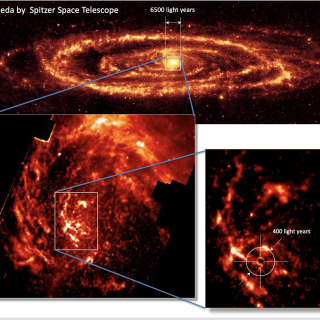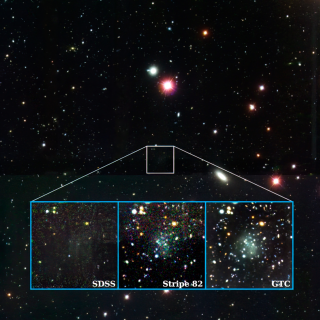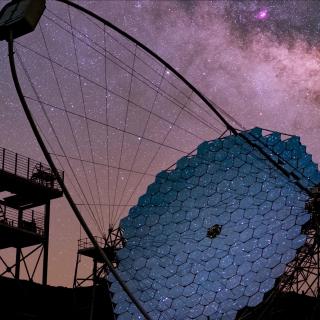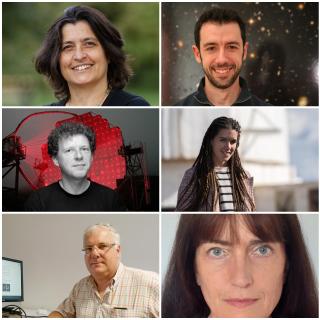
A team of scientists led by the Observatory of Munich University and the Instituto de Astrofísica de Canarias have obtained direct visualization of the process of feeding the supermassive black hole at the centre of the Andromeda galaxy. The study reveals the existence of long filamentary structures of gas and dust which move in a spiral starting at a distance from the black hole and ending up at the black hole itself. The results, which have been published in the Astrophysical Journal, were obtained using images from the Hubble and Spitzer space telescopes. The Andromeda Galaxy, which is
Advertised on




